Shop
Cylindrical shaped helmets appeared starting in approximately 1180. Often dubbed great helms or tophelms, they were in use from the middle of the XII until the XIV century. Tophelms were made to fit closely to the head of knight and some of them even had proto visor that could be opened like a small door,
This set of steel arms includes elbow cops with rondels and is secured with leather straps and steel buckles. This set provides you excellent mobility for both melées and duels. It is painted on the inside to provide additional protection against rust. Our base option for this set is 1.5mm cold rolled steel which can
If you would like to add solid protection for your neck, a steel plate gorget is a superb solution. That said, participating in medieval combat which is regulated by HMB rules and the Authenticity Committee requires fighters to maintain historical accuracy in regards to the period and region of the equipment and weapons. So, what
The XIV century was a time of numerous experiments with the development plate armor. Though different materials were in use until the end of the XIV century, beginning in approximately 1350, steel and iron became the predominant materials for armor smiths. In Italy, and especially in Germany, blacksmiths created a large variety of shapes for
This model of leg armor is based on medieval plate legs typical for the late XIV and early XV centuries. As armor evolved, leg protection changed from its early forms to functional, articulated plate armor. The most essential part thereof is the hip plate. It’s made from one metal sheet and forged to conform to
Leather or fabric with riveted and/or sewed metal plates underneath was an extremely popular form of armor among warriors of the XIV century. Brigandine armor was a precursor to plate armor (often called “white armor”). Due to their lower cost of production and upkeep, brigandine elements were accessible to nearly all medieval knights of Western
Segmented plate greaves were commonly used during the XIV century. In some old English manuscripts, they also called “schynbalds”. But the French word “greaves” or “demigreaves” eventually displaced it as the common name for this piece of equipment. Shin protection was affixed to quilted padded stockings. As mentioned before, this type of armor saw large
A sallet (Old German “Schelern”, French “salade”) is a type of Western European helmet. At the end of the XIV century the pointed skull of bascinet helmets became more rounded. The sides and back became larger and the skull of the helmet obtained a crest in approximately 1420. Two main types of sallet helmets developed
From approximately the second half of the XIV century, elbow protection was designed as one big plate following the contour of the elbow. It was fixed to the upper arms and canons (vambraces) with the help of leather laces. Our Steel Elbow Caps include leather straps and leather laces. The Wings of Steel elbow caps
Possessed of a tapered wrist that widens at the elbow, “tulip” shaped brassards were popular during the XIV and beginning of the XV century. The main examples of this type of arm armor can be found in Churburg Castle (Castel Coira) in South Tirol as well as the arms of Charles VI (made when he
Gauntlets without separate fingers were developed during the early XV century. The idea was to create good protection for the palm in which four fingers would be covered by one large steel plate. This type of armor was called Mitten Gauntlets, Hentzen (German), mitons (French), ormittene (Italian). They were commonly used both on battlefields and
Steel Kneecaps – which are known as “Kneibuckel” in German, “ginocchielli” in Italian, and “genouillères” in French – are assumed by some historians to be the first step toward full plate leg harnesses. Knee coverage with plates was essential and the rest of the leg followed from there. During the XII century, knights used chainmail


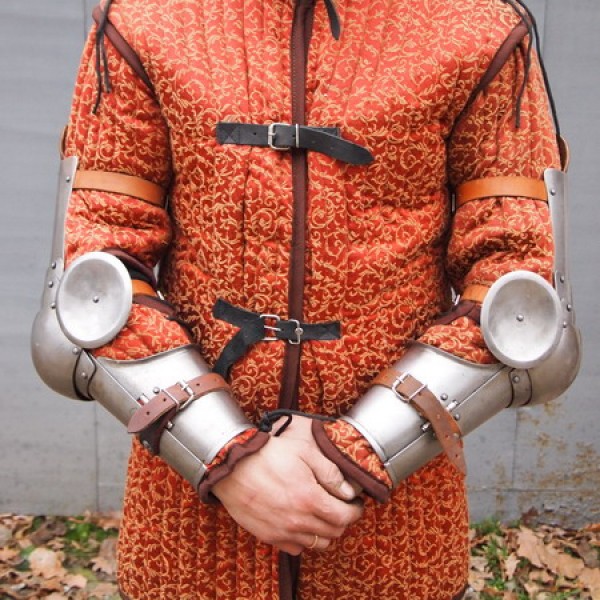
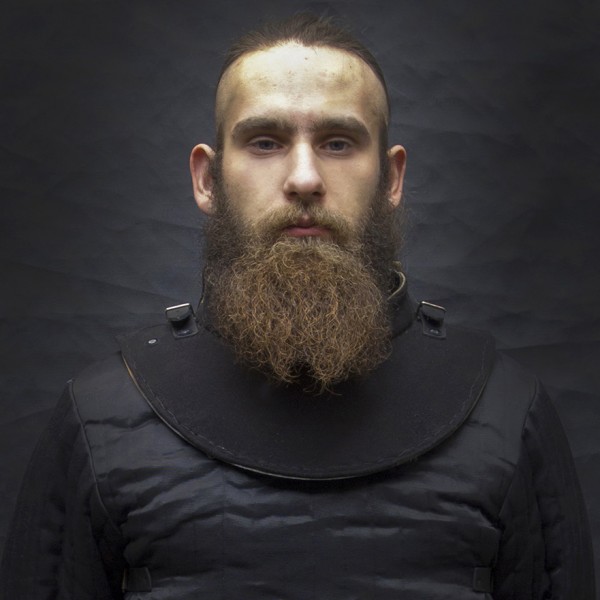
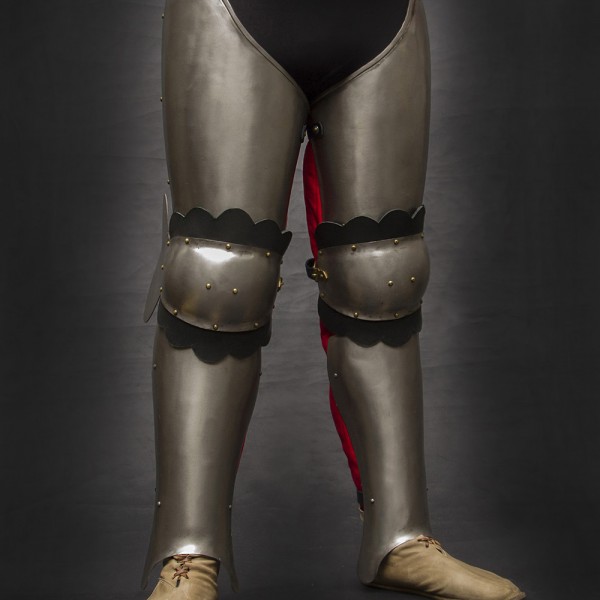
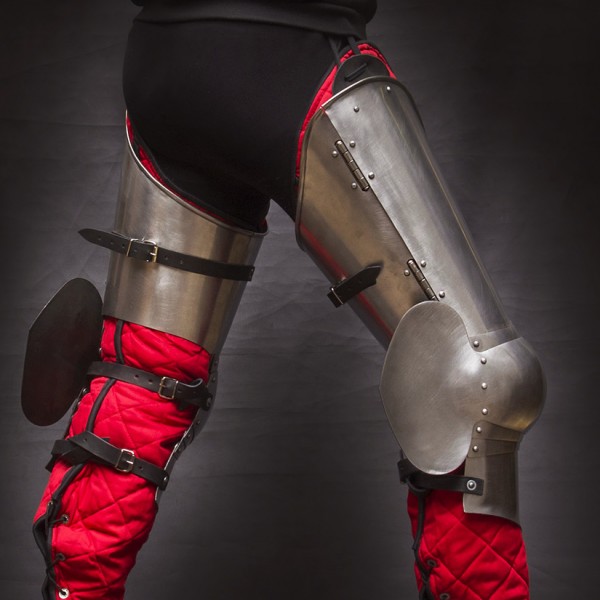
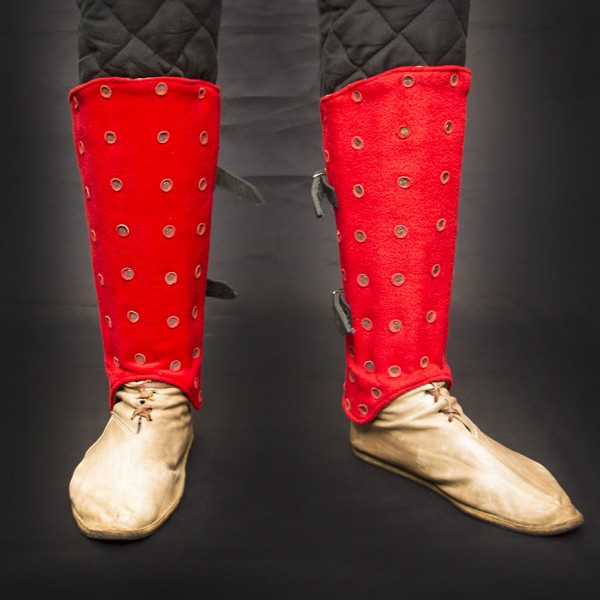
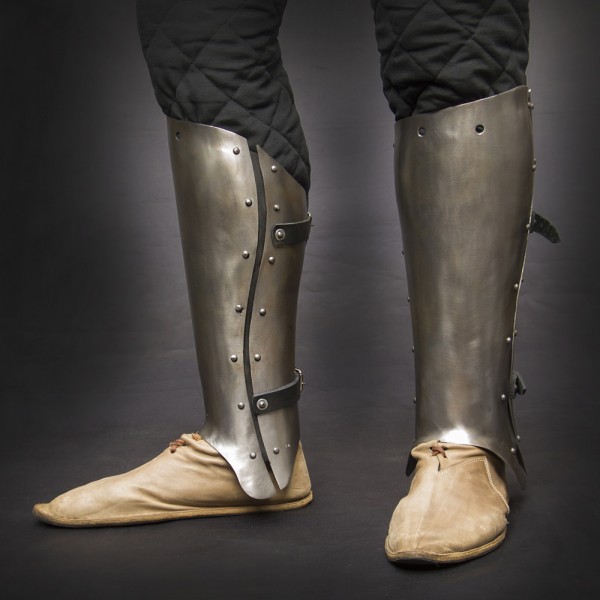
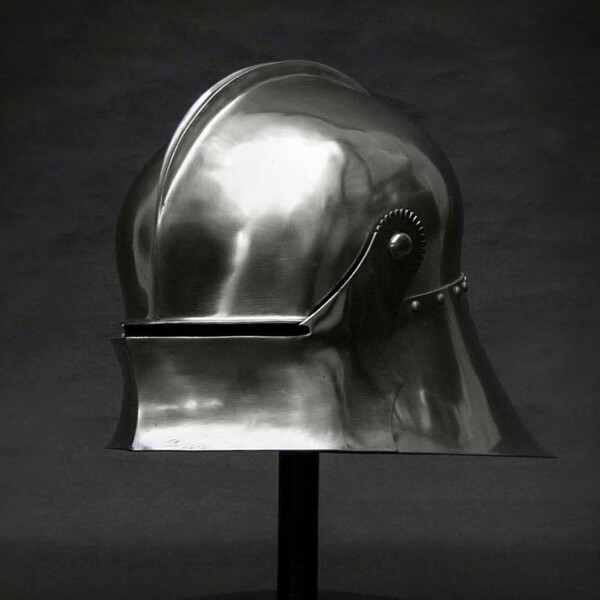
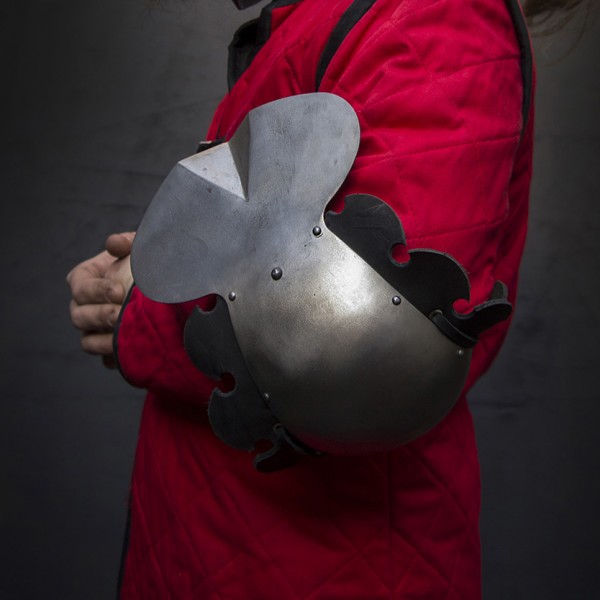
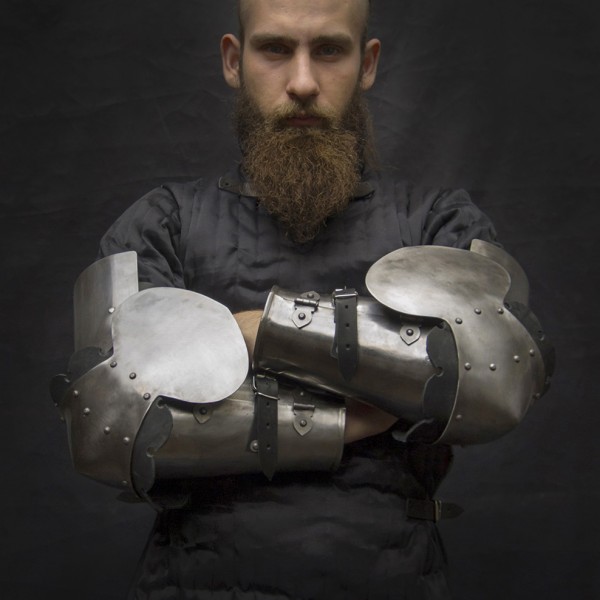
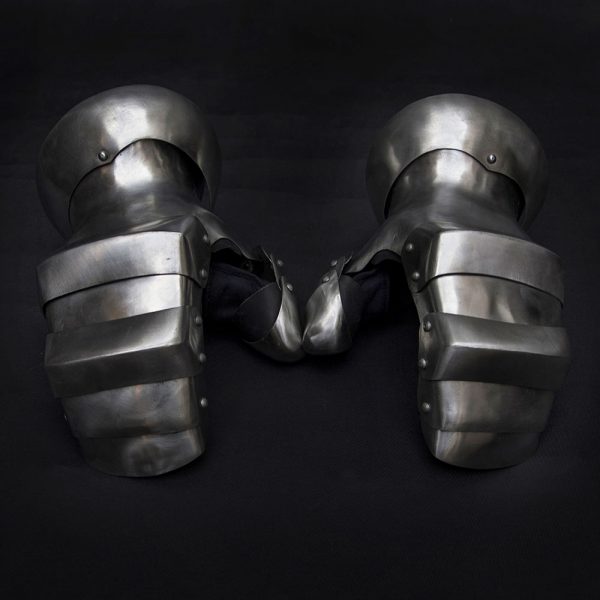
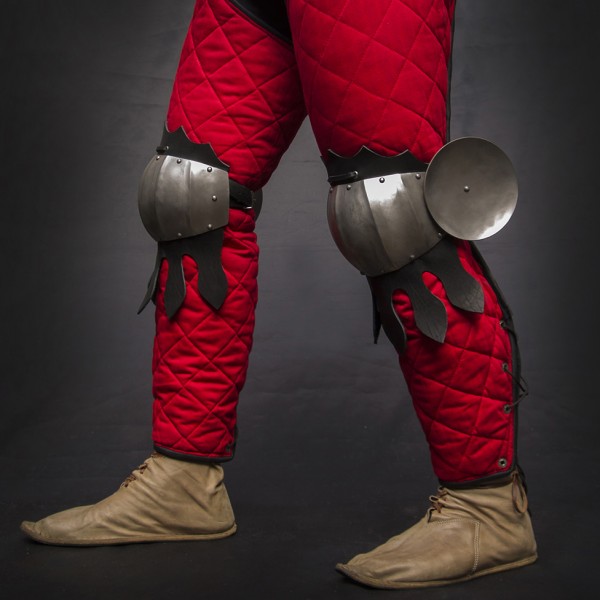
 Shop
Shop